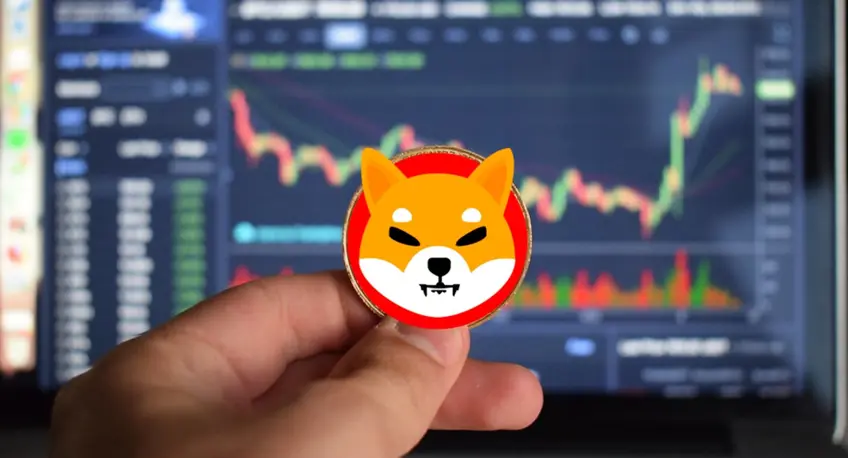Shiba Inu was spiking up over 10% higher at one point during Monday’s 24-hour trading session, in tandem with Dogecoin, which reached 11.72% over Sunday’s 24-hour closing price.
The two Shiba Inu-based cryptocurrencies have been trading mostly in unison since Oct. 25, when Dogecoin started to surge higher following news Tesla CEO Elon Musk had told bankers he planned to close his acquisition of the now private social media company Twitter.
Between that date and Friday, Dogecoin skyrocketed 143% to reach a high of 15 cents, and Shiba Inu surged over 52% to reach $0.00001518. The cryptos have since entered consolidation phases, forming double inside bar patterns.
An inside bar pattern indicates a period of consolidation and is usually followed by a continuation move in the direction of the current trend.
An inside bar pattern has more validity on larger time frames (four-hour chart or larger). The pattern has a minimum of two candlesticks and consists of a mother bar (the first candlestick in the pattern) followed by one or more subsequent candles. The subsequent candle(s) must be completely inside the range of the mother bar, and each is called an “inside bar.”
A double, or triple inside bar can be more powerful than a single inside bar. After the break of an inside bar pattern, traders want to watch for high volume for confirmation the pattern was recognized.
- Bullish traders will want to search for inside bar patterns on stocks or crypto that are in an uptrend. Some traders may take a position during the inside bar prior to the break, while other aggressive traders will take a position after the break of the pattern.
- For bearish traders, finding an inside bar pattern on a stock or crypto that’s in a downtrend will be key. Like bullish traders, bears have two options of where to take a position to play the break of the pattern. For bearish traders, the pattern is invalidated if the stock rises above the highest range of the mother candle.
The Shiba Inu Chart: Although Shiba Inu dipped slightly below Friday’s low-of-day, the double inside bar could still be recognized. The consolidation phase is taking place just under the 200-day simple moving average (SMA), which is to be expected because the 200-day is a difficult level to regain as support on the first attempt.
- The upper wicks on Sunday and Monday’s candlesticks indicate there are sellers above the 200-day SMA, which is a good sign for the bears in the short-term. Bullish traders will want to see the crypto hold above the eight-day exponential moving average if Shiba Inu continues to consolidate over the next few days or a break-down from Saturday’s mother bar becomes likely.
- For now the consolidation appears healthy, and the sideways trading has helped to drop Shiba Inu’s relative strength index (RSI) down from 73% to about 62%. When a stock or crypto’s RSI nears or reaches the 70% mark, it becomes overbought, which can be a sell signal for technical traders.
- Shiba Inu has resistance above at $$0.00001259 and $0.00001349 and support below at $0.00001178 and $0.00001080.

